Definition
Bacillus subtilis, hay bacillus, or grass bacillus was one of the first Gram-positive bacteria to be studied. It is an aerobic, rod-shaped spore-forming microorganism that can spread in extreme cold, heat, and even disinfected environments. It transfers to the gastrointestinal tracts of animals and humans via the soil. More than 200 Bacillus species exist; most do not cause disease. Non-pathogenic forms are often used in the biotechnology sector, including Bacillus subtilis.

Bacillus Subtilis Morphology
Bacillus subtilis morphology describes rod-shaped, Gram-positive bacteria that show up on both positive and negative Gram stain techniques. A bacterial rod is a symmetrical cylinder with rounded ends. A significant difference in pressure across the cytoplasmic membrane pushes the cell wall into a specific shape.
Bacillus subtilis bacteria have rigid cell walls composed of a thick peptidoglycan (sugar and amino acid molecule) called murein. This rigidity helps to maintain the rod shape of the cell and can withstand high intracellular pressure. The image below shows how Gram-positive bacteria have a much thicker peptidoglycan layer (in purple).
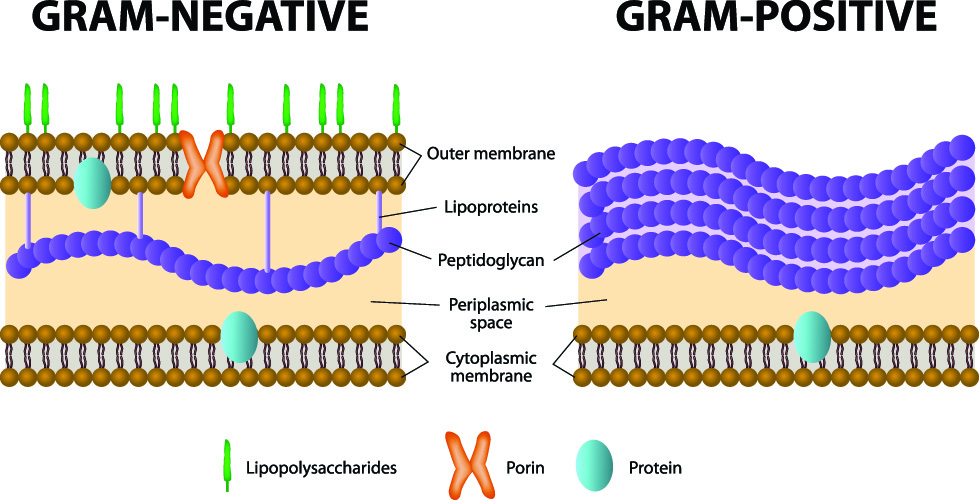
B. subtilis contains only one double-stranded DNA molecule contained within a circular chromosome. A circular chromosome is typical of bacteria, mitochondria, and plant chloroplasts. Recently discovered filament-forming proteins run along the longer axis of rod-shaped cells and push original and replicated DNA to each end during cell division. The rod shape also helps bacteria glide or move through watery environments and provides regular building block shapes that make biofilm formation easier.
Bacteria groups can be categorized according to specific arrangements. An arrangement is a microbiological term that refers to species-specific bacteria communities. An arrangement might be two (diplo) bacteria, chains (strepto), or palisades (side-to-side clusters), for example. B. subtilis is most commonly singular in arrangement.
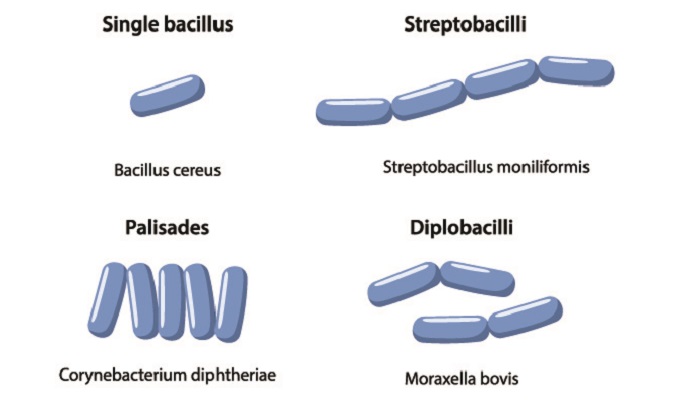
The Gram stain, named after its developer Hans Christian Gram, is a method of morphologic identification. In Gram-positive bacteria strains the peptidoglycan in the cell wall becomes purplish blue when stained by crystal violet. This reaction also occurs in Gram-negative bacteria; however, the significantly lower levels of peptidoglycan mean that cell samples do not remain purple when a pink counter-stain (safranin) is added.
Gram-positive bacilli are rod-shaped, spore-producing species that can survive in extremely harsh environments for long periods. This is because when under stress, these bacteria (including B. subtilis ) transform into spores and become dormant. A colony of Bacillus subtilis survived on the outside of a NASA satellite for six years.
The colony morphology of B. subtilis refers to how it appears in large quantities. As a group, this bacteria is observed as jagged branches of opaque white or pale yellow fuzz.
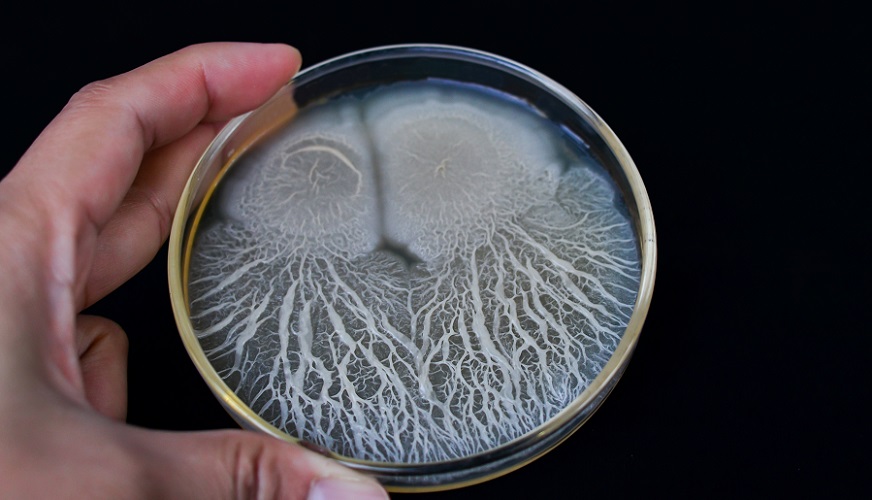
Bacillus Subtilis Uses
B. subtilis uses encompass research and partially-proven inclusion in dietary supplements. Laboratories use B. subtilis when studying and finding new treatments for infection. The bacterium is also used in the health and catering industries, especially when testing how clean certain work surfaces and materials are. You can see Bacillus subtilis listed on the label of many probiotics, too.
However, the most interesting of this bacteria’s potential uses is as an antimicrobial drug alternative. With antibiotic resistance on the increase, new therapies for bacterial infections are receiving a lot of attention. The ability of B. subtilis to produce bacteriocins – peptides that possess antimicrobial activity – make it a potential treatment against bacterial infection.

Bacteriocins can withstand broad fluctuations in temperature and slow the growth of or even destroy colonies of other types of bacteria. This text tells us that up to 5% of the B. subtilis genome is dedicated to the production of antimicrobial compounds (AMCs). This gives researchers a lot of material to work with in the race to produce a bacteriocide that pathogenic bacteria do not become resistant to.
Bacteriocins from B. subtilis include the lanthionine-containing peptide antibiotic (lantibiotic peptide) called subtilin and an antibiotic called subtilosin. Subtilosin has proven antimicrobial activity against Gram-negative and Gram-positive bacteria as well as anaerobic and aerobic microorganisms. It is particularly effective against Enterococcus faecalis, Enterobacter aerogenes, Streptococcus pyogenes, and Shigella sonnei. Subtilin tends to work more effectively against Gram-negative bacteria and fungi. Both require the presence of a zinc cofactor to be effective.
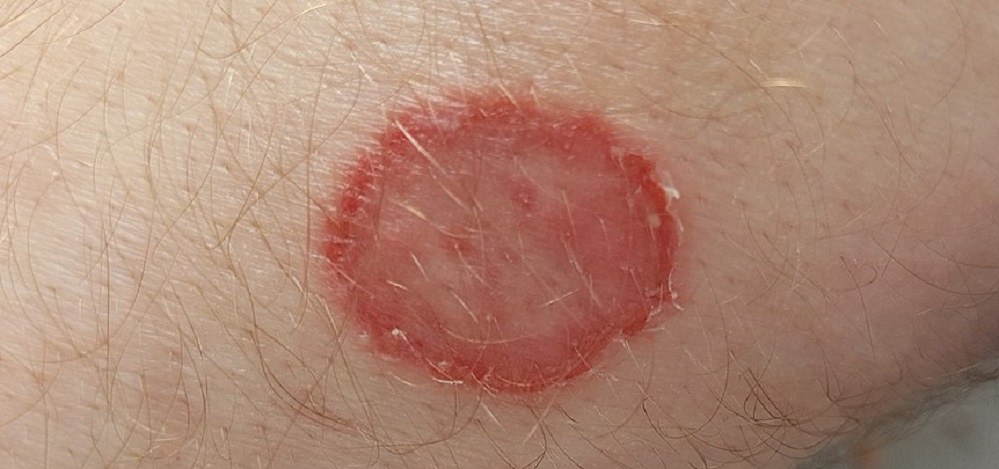
Bacillus subtilis bacteriocins can affect a much wider range of potentially pathogenic bacteria than the bacteriocins of other, more commonly-used bacteria such as Lactobacillus. Scientists have successfully used Bacillus subtilis bacteriocins to treat diabetic foot ulcers. While current research into intravenous, intranasal, intraperitoneal, and subcutaneous bacteriocin drugs is still in the testing phase, these intracellular antibacterial agents have already arrived on supermarket shelves as B. subtilis-containing probiotic drinks or pills.
TProbiotic dietary supplements are cheap to manufacture and do not require refrigeration when packaged in the form of spores. Once in the gut, these spores become active and colonize. As Bacillus subtilis biofilms in worm intestines seem to lengthen the worm’s lifespan, many human users hope for the same effect.

Another use of B. subtilis is in wastewater treatment. Wastewater must have its pH normalized, have lower chemical oxygen demand (COD) and total suspended solids (TSS) concentrations, and be free of excess chloride. In the laboratory, naturally-occurring B. subtilis enzymes were able to normalize pH, reduce COD by over 87%, lower TSS by over 90%, and remove nearly 50% of chloride. These results have contributed to new biodegradation techniques for sewage and wastewater treatment, helping to develop a process known as bioaugmentation.
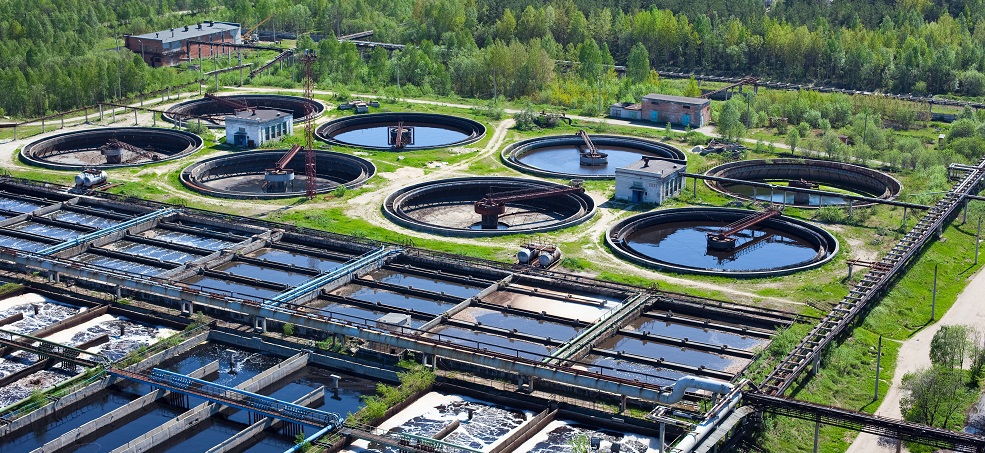
Bacillus subtilis can also degrade polyethylene (plastic polymers). B. subtilis and a few other bacteria types are abel to use polyethylene as their only carbon (energy) source. As these bacteria extract carbon and produce heat, the plastic polymers slowly degrade.
Without the support of synthetic chemicals, B. subtilis is not the fastest strain – it reduces dry-weight plastic by around 1.75% over a term of 30 days. However, when paired with another bacteria called Pseudomonas aeruginosa both types of bacteria perform more efficiently.
The future may provide a microplastics solution in the form of specific bacterial combinations where, in the same way as we combine cytotoxic drugs to fight specific forms of cancer, plastic-digesting combinations can be used to degrade different types of polyethylene.

